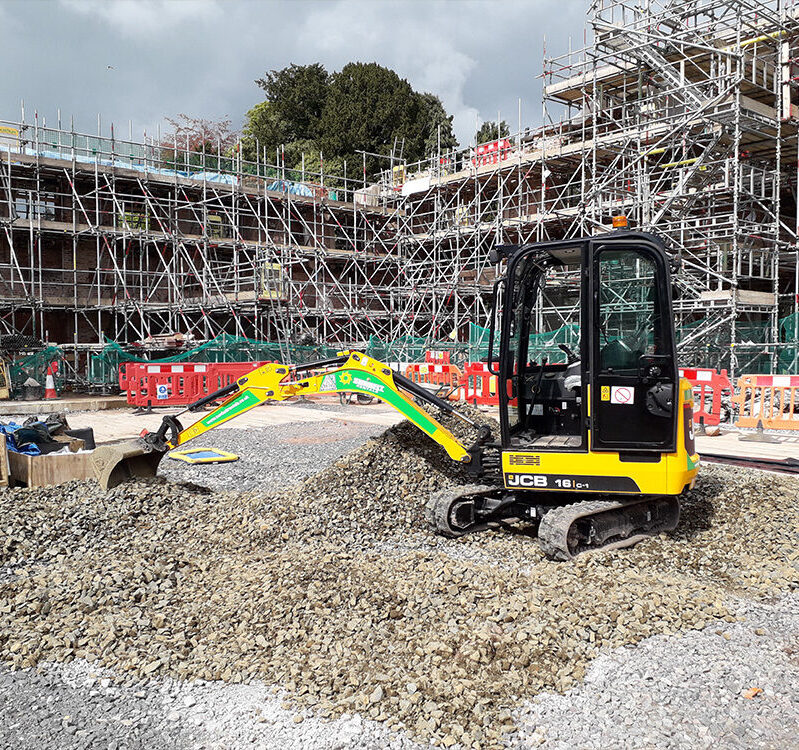Mitigation and Compensation

Mitigation and Compensation Planning for Ecology
A massive part of avoiding, reducing and eliminating environmental impacts in development projects is based on the mitigation and compensation instructions we put forward for developers to follow and adhere to accordingly.`
Just as efforts to reduce GHG emissions, greenhouse gases and carbon dioxide, prevent the sea level rise, endorse renewable energy, switch to more sustainable packaging and food production and filter out the use of fossil fuels in favour of other sources of energy generation, the use of such measures show consideration to climate change and the natural environment when it comes to planning.
Creating mitigation strategies and compensation provisions is an element in most of the services we provide, including ecological surveys, protected species surveys, biodiversity net gain assessments and many more.
- Competitive Prices
What are Mitigation and Compensation Measures?
Whenever a valuable, rare or protected species of animal or plant could be harmed as a result of development practices, mitigation or compensation efforts are initiated to minimise the extent of impacts and make up for any unavoidable biodiversity loss.
Included as an important element of the resulting ecology report following an assessment, the measures submitted by the ecological consultant will capably meet conservation needs, satisfy the requirements of the local authorities and relevant regulators, and allow for the planning project to continue.
Without the use of suitable and carefully chosen mitigation and compensation measures, we wouldn’t be able to ensure that clients remain in line with current legislation, follow best practice guidelines, and adhere to any planning policy and UK legislation that apply to their development project.
Types of Mitigation Measures and Compensation Measures
Examples of Mitigation Measures
Examples of Compensation Measures
- Air Quality Improvement
- Buffer Zones
- Community Facilities
- Erosion Control
- Noise Reduction
- Public Consultation
- Public Transit Enhancement
- Traffic Management Plans
- Tree Preservation
- Water Management
- Wildlife Corridors
- Afforestation
- Archaeological Investigations
- Biodiversity Banking
- Community Development Programmes
- Cultural Resource Management
- Habitat Restoration
- Job Creation
- Protected Areas
- Relocation Assistance
- Wetland Creation
Mitigation Hierarchy
A universal framework chosen to determine appropriate actions for balancing conservation, limiting adverse impacts on the environment and providing practical guidance during planning projects, the mitigation hierarchy is a frequently present part of ecology surveys.
In priority order, the mitigation hierarchy spans through avoidance, minimisation, rehabilitation and offsetting, with each option indicating a different step in the mitigation process to ensure that any unnecessary harm to ecological assets is completely avoided at all costs.
Avoidance
Minimisation
Rehabilitation
Offsetting
The first step in the process when any worthwhile animal or plant species are involved would be to see whether it is possible to entirely avoid negative impacts.
At this point, an ecologist may decide to change the development plans, edit the timing of activities or switch to alternative development practices to bypass a loss of biodiversity.
If it isn’t possible to avoid causing negative effects on ecological assets, the second best option would be to reduce the length of time or level of intensity over the planned works.
Methods of doing this could include implementing pollution control to reduce emissions, enforcing buffer zones surrounding fragile habitats, and managing planned works.
Also known as restoration, ecological surveyors can opt to return degraded habitat back to former glory, using innovative approaches based on the current state of the site.
For instance, rehabilitation could refer to replanting habitats, enhancing protected areas, and improving bodies of soil, water and other natural components.
Linked with compensation efforts following unavoidable harm to the environment, the last step sees ecological consultants making up for any net loss with biodiversity offsets.
Other sites can be used to mitigate impacts on the development site, or the ecologist could suggest safeguarding measures or donating to conservation schemes.
Contact Midland Ecology for Ecological Support
Whatever the specific needs in your development plans, it is likely that you will require help from our mitigation and compensation efforts in order to progress into future stages and obtain planning permission. We can grow an understanding of your development priorities and see any overlap between them and present ecological features, such as listed animals or plants. Using information we’ve retrieved from the development site and plans, we can initiate biodiversity conservation actions that will appease the local authorities and environmental professionals working to safeguard native flora and fauna.
The ecological services provided by Midland Ecology generally incorporate strategies designed to mitigate and compensate for the loss of biodiversity. We also avoid creating impacts that could further harm the environment and any valuable assets, all with a view to abiding by existing planning policies and UK legislation. For a free quote regarding any of the ecology services we offer, simply visit our contact page or call us directly, explain your situation, and one of our team will get back to you straight away to support you and give you our updated availability to attend your site and assist you.
